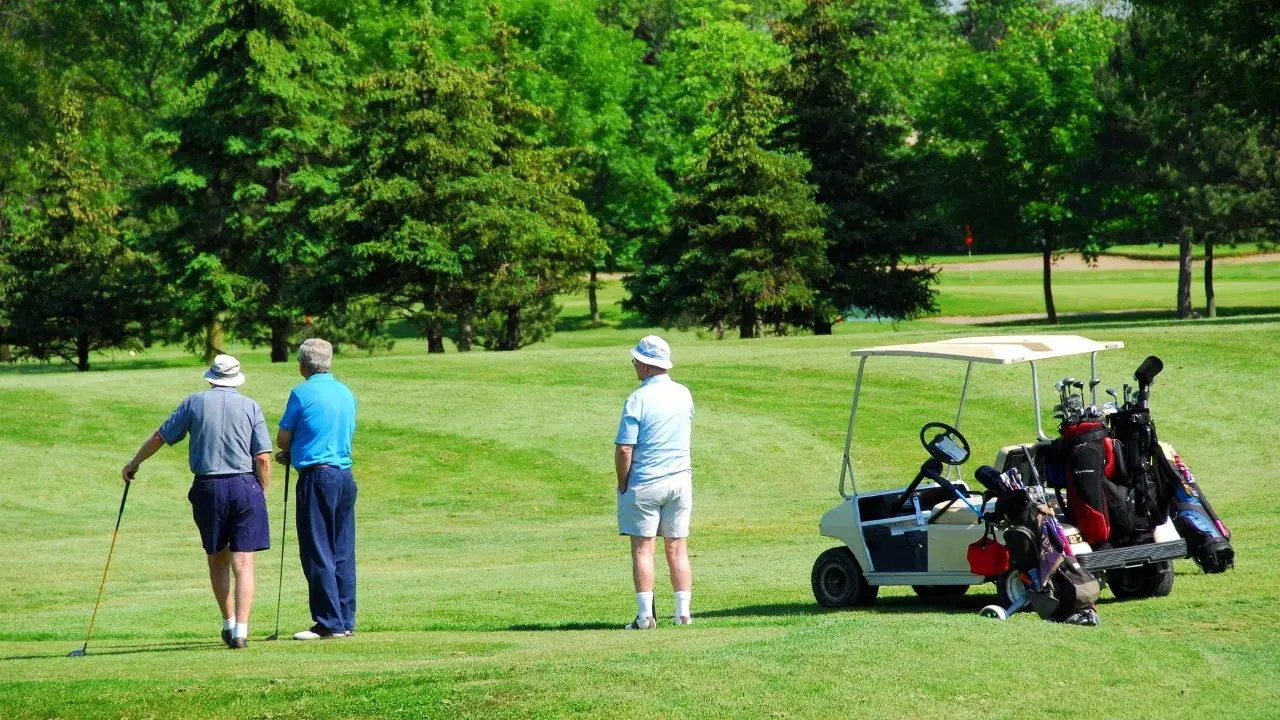Can Dyslexia Go Undetected? Dyslexia is a learning difficulty that damages one’s ability to read, write and spell out words, letters, and digits effectively.
Low dyslexia awareness, unsupportive teachers, and parents can lead to an undiagnosed case of Dyslexia. Undetected Dyslexia can make a learner feel inadequate, unintelligent, and a burden to the class.

The condition arises due to a deficit in the brain responsible for the automatic recognition of shapes, symbols, letters, and digits.
As a neurological condition, every affected person’s challenges with reading and spelling vary with severity.
We have a related article for you, you can read Can Dyslexia Cause Fatigue?
Dyslexia is a complicated, multi-faceted difficulty and can accompany different symptoms based on two main subtypes. The two primary subtypes include Auditory and Visual Dyslexia.
Before we can understand the state of diagnosis, it’s important to make a clear differentiation between the two subtypes.
Table of Contents
Auditory Dyslexia
As the name suggests, Auditory Dyslexia affects a person’s ability to spell out the sounds of each letter and digit. Every letter has a distinct sound attached to it which becomes useful when they are used in a word.
The sequence of distinct letter sounds in a word help us understand how it should sound. For a normal reader, this seems like a simple function. However, those with Dyslexia struggle to understand these sounds. This inability to spell out the letters is known as low phonological awareness.
Every letter is made up of phonemes – distinct units of sound. Words are, in turn, made up of a sequence of Phonemes. People with Dyslexia have difficulty understanding, memorizing, and recalling these phonemes, making their reading less than accurate and noticeably slow.
The inability becomes more evident when a learner is required to spell out longer, more complex, or unfamiliar words. For example, a person may be able to spell out the words “day”, “egg” and “milk” effortlessly but struggle with words like “comprehension”, “experience”, or “introduction”.
Visual Dyslexia
Where Auditory Dyslexia is linked to phonemes, Visual Dyslexia leads to struggles with Graphemes. Graphemes are basically Phonemes made visible. In place of a distinct sound, these are distinct symbols that represent a specific word, letter, or digit.
Individuals with Visual Dyslexia struggle to make sense of different graphemes, which causes most of their reading, writing, and spelling difficulties. The condition becomes more evident when a person is required to read in an unfamiliar font or write a longer word or a series of numbers.
However, there is a common misconception that visual Dyslexia affects the direct ability to read letters and digits. Affected individuals don’t have trouble with letters and digits but with any form of unfamiliar or complex shapes and symbols.
Another challenge for affected individuals is familiarizing themselves with the letters. While normal readers gain letter awareness and recognition during the early stages of schooling, those with Dyslexia seem to forget the letters easily. This means every letter and word seems new and unfamiliar to them no matter how many times they read, understand, and recognize it.
How Can Dyslexia Go Undetected?
Dyslexia is one of the most common learning difficulties across the Globe. The condition usually becomes apparent during the ages of 5-12 years old.
It is estimated that nearly 1 in 10 adults have Dyslexia in the U.S. and U.K. Sixty percent of the cases are expected to be present in milder severity, with only 40 percent accompanying severe symptoms. Real data related to the total number of diagnosed cases does not exist.

However, studies within the smaller groups have shown the presence of undiagnosed Dyslexia, especially in adults.
Low dyslexia awareness, unsupportive teachers, and parents can lead to an undiagnosed case of Dyslexia. Undetected Dyslexia can make a learner feel inadequate, unintelligent, and a burden to the class.
With no possible cause communicated to them, learners often start to question their own abilities and potential, leading to lower self-esteem in later stages of life.
Besides being undiagnosed, the condition can often be mislabeled and misdiagnosed. Multiple studies on college-level students and professionals have shown concerning levels of undiagnosed cases of Dyslexia. Below are some of the reasons teachers or parents may ignore the possibility of Dyslexia.
Low Dyslexia Awareness
Decades ago, learning difficulties and learning differences were an unfamiliar and unpopular topics. Children with any hidden learning disorders were simply labeled as “weak students”, “poor readers,” or “slow students”.
However, 1960 became an important year for awareness of such disorders when parents and educators held a relatively small education conference to discuss common academic challenges. The conference shed light on specific types of learning difficulties that appeared independent of any other psychological conditions or disabilities.
The term learning difficulties was then coined and began to gather awareness, attracting extensive research studies dedicated to it. While educators, teachers, and parents have become more aware than ever, low dyslexia awareness is still a problem. This can lead to teachers mistaking a case of Dyslexia for mere poor reading skills.
Inadequate Training
All teachers within the U.S. are required to undergo sufficient training to learn about learning difficulties, differences, and special needs assessment, intervention, and intensive support.
The individuals with disabilities education (IDEA) act ensures that every child gets the proper assessment and learning environment needed for their unique learning abilities.
However, practical knowledge and methods for assessment are still limited for teachers making diagnosis more difficult. There is also no systemic way established to validate the initial diagnosis made by teachers. This can lead to teachers providing a lot of support and care but for the wrong condition.
Moreover, the IDEA act is not established in most countries, and most children still end up with teachers that are lacking the appropriate assessment knowledge.
Mislabeling
Despite gaining sufficient training, some educators can still misdiagnose a learner due to the overlapping symptoms with other conditions. Dyslexia can have many symptoms in common with conditions such as anxiety, speech difficulties, and autism.
This can lead to an inaccurate diagnosis and keep the real problem hidden for many years. The reading and spelling mistakes, speed, and difficulties may simply be dismissed as a child being anxious, unprepared, or autistic.
How Common Are Undiagnosed Cases of Dyslexia?
Some experts believe that estimated on the basis of the percentage of dyslexia cases within smaller groups, the total cases must be around 40 million in the U.S.
However, only 2 million people have received a proper diagnosis for the condition. Solid evidence is still lacking, and the actual numbers may be lower or higher than this.
Conclusion
Despite multiple obstacles to detection and diagnosis, it is quite rare for Dyslexia to go undetected, especially in developed countries with extensive laws. Even if Dyslexia remains hidden for some time, it is usually captured by the 4th or 5th grade.
Also, make sure to check out my post on Can Dyslexia Look Like Autism?
Most cases of undiagnosed Dyslexia are found in adults in their professional or college life rather than in the new generation. New studies are also rare on this topic compared to the abundance of diagnoses related to studies available from the 80s and 90s.
Recent studies are more focused on finding an in-depth view of Dyslexia within a smaller group of people and usually classify “late diagnosis” as anything between the 4th and 5th grade.

Hi, my name is Eddie, I am a professional trainer specializing in the elderly population and I’m also a website designer. I love training in the gym, going to the beach, traveling, and having good food.
I combined my love for sport and website designing to make “DisabilitEase” whose purpose is to help elderly and disabled people live a more full and active life, have more fun, and enjoy their unique journey despite any disability.



